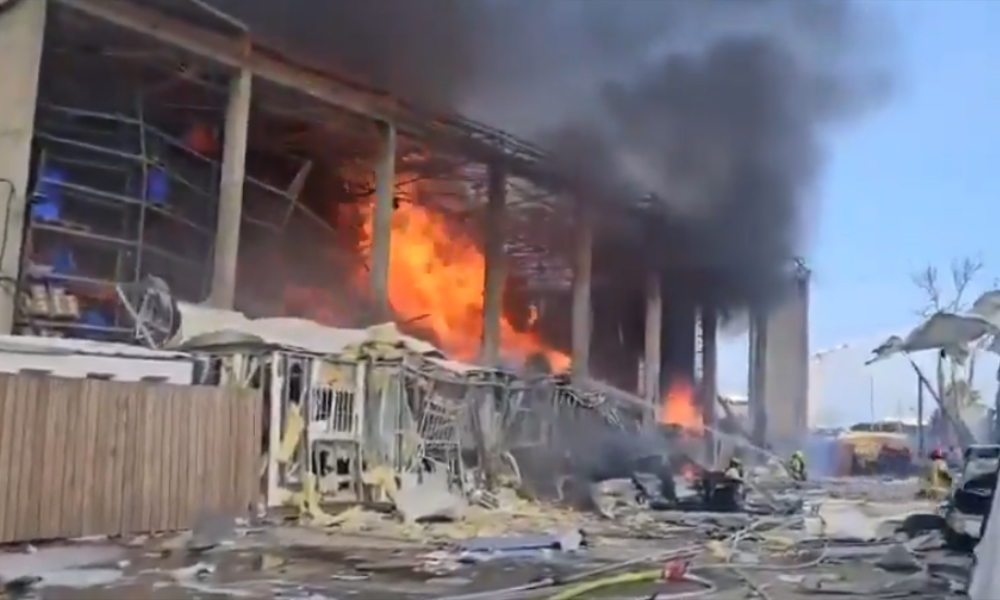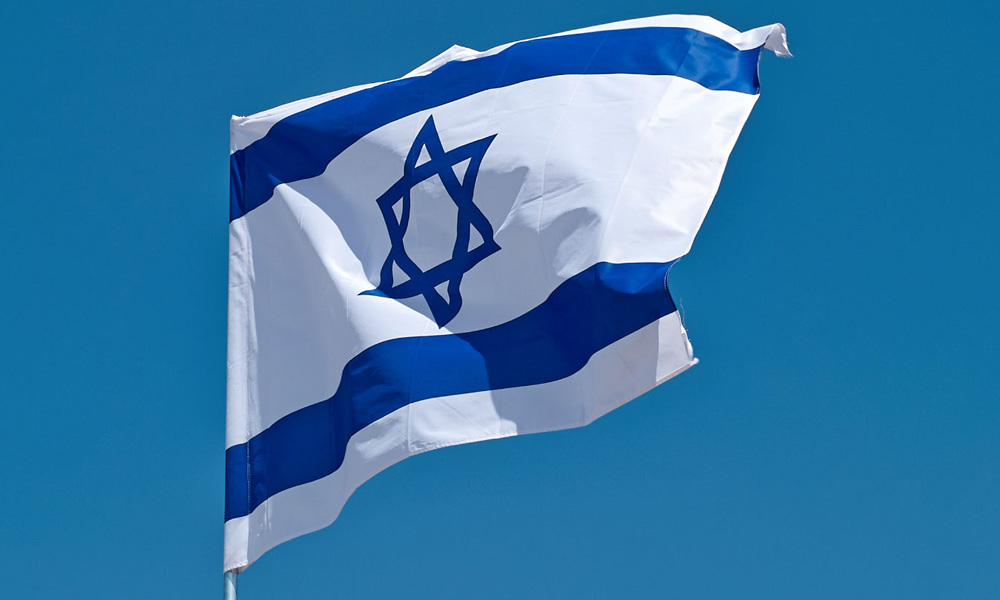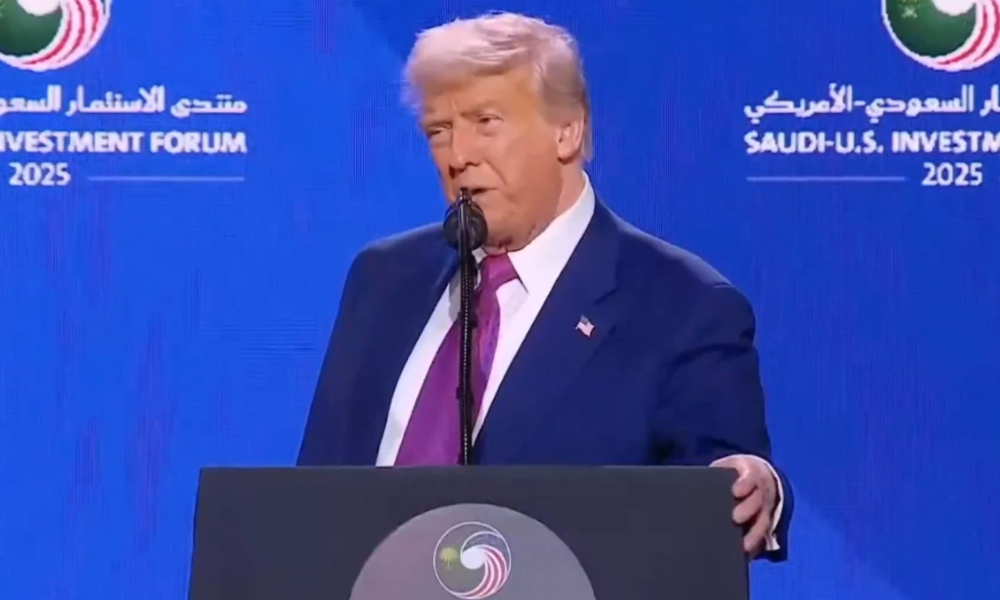


LETTER | What the Iran-Israel escalation really revealed

Rais Hussin
Published: Jun 20, 2025 9:42 PM
Updated: Jun 21, 2025 1:17 AM
LETTER | From the outside, the latest Iran–Israel escalation looked like a tightly controlled spectacle, one more episode in the long tradition of geopolitical theatre.
Symbolic strikes. Calibrated optics. Narratives exchanged more than missiles. However, something disrupted the performance. Someone, somewhere inside Iran, broke the script.
All signs point to the conflict being originally designed as a limited, performative escalation, meant to simulate confrontation while avoiding real strategic consequences.
Israel’s opening salvo was telling: a high-visibility strike on Iran’s state broadcaster (Irib), carried out during a live news segment but without catastrophic loss of life. A communication centre, yes, but also a deeply symbolic, civilian-facing target.
Iran’s initial response also bore the hallmarks of restraint. The state narrative emphasised successful interception, dismissed damage as minimal, and sought to contain the emotional temperature.
There was no immediate mobilisation. No red-line rhetoric. No retaliatory frenzy. On both sides, a choreography of ambiguity seemed to be in play.
One cannot help but recall the February 2025 skirmish between India and Pakistan - another flashpoint marked by cries of “nuclear escalation”, which briefly dominated headlines, diverted attention from Ukraine, then dissolved quietly.
Iran retaliates
The Israel - Iran episode seemed to follow a similar script: controlled, symbolic, narratively contained. But this time, something went off-script.
Instead of a symbolic missile volley and a return to messaging, Iran escalated, precisely, deliberately and repeatedly.
Multiple waves of drones and missiles penetrated Israel’s multi-layered defence system. Strategic infrastructure was hit. Regional allies, like the Houthis, entered the fray.
The US ambassador in Tel Aviv reportedly had to seek shelter five times in a single night - a detail that says less about the danger than it does about the surprise. If the strikes were meant to be symbolic, someone forgot to send the memo. The missiles kept coming.

Iranian officials later clarified: they were using only older missile stockpiles. In other words, this wasn’t even their real answer. It was a demonstration of capacity, not desperation.
If the original script called for symbolic retaliation, this wasn’t it.
This shift suggests something profound: that the escalation was not fully controlled from the top, or at least not uniformly. Within Iran’s complex power structure, factions exist that vary in loyalty, alignment, and ideology.
Some lean toward diplomatic preservation. Others are fiercely nationalistic. Still others are, quietly, compromised.
It is entirely plausible that the original limited response was shaped by internal actors influenced, directly or structurally, by foreign interlocutors. Agreements may have been made. Visibility exchanged for restraint. Missile arcs are calculated for narrative rather than damage.
But it seems that within Iran’s strategic apparatus, a patriot faction intercepted the script. Whether it was the Islamic Revolutionary Guard Corps (IRGC), a missile command directorate, or a leadership cell with a longer memory and shorter patience that chose to halt the performance.
To let Israel strike symbolic targets unchallenged would have been to accept ritual humiliation. Instead, they answered with precision, message, and method. Real deterrence, not managed optics, became the reply.
No appetite for nukes
For decades, Iranian leaders have been assassinated, sanctioned, bombed, and blamed - often with little or no international recourse.
Its alleged nuclear weaponisation programme has been banned internally by fatwa, repeatedly affirmed in official United Nations and International Atomic Energy Agency (IAEA) submissions and embedded in domestic law.
In a revealing turn, a senior Iranian official recently called for the fatwa to be revoked only to be swiftly overruled by the top command.
Although largely ignored in the West, the episode is telling. You do not attempt to revoke what does not exist. Still, Israel, backed by Western powers, continues to invoke the so-called Iranian nuclear threat as a pretext for assassinations, sabotage, and strikes.
Scientists have been assassinated, nuclear infrastructure bombed, and broader infrastructure damaged through cyberattacks, and the West calls it self-defence.
Obviously, when such aggression is met only with narrative containment, credibility dies. Internally and externally. Iran’s patriotic factions may have concluded that survival now requires reimposing real fear into deterrence - not just words, but capabilities demonstrated under fire.
And that is exactly what they did.
The escalation has now created a paradox. Those who designed the conflict to be seen but not felt - whether in Tel Aviv, Washington, or even segments of Tehran - now find themselves cornered by consequences they never intended.
Israel’s might challenged
Israel, long buffered by US-backed impunity, has now absorbed real strategic damage. Its famed Iron Dome has revealed critical gaps. Key infrastructure has been shaken. Even its domestic media, typically used to project victimhood to international audiences, has gone curiously quiet.
Meanwhile, the Western narrative, still stuck in Cold War templates, tries to reassert control: nuclear threat, rogue state, axis of evil.

But the public is growing resistant. Especially when Iran has shown, again and again, a legal, religious, and strategic rejection of nuclear arms, while operating with more restraint than its adversaries.
Much like with Ukraine, the US administration has tried to walk both sides of the line, claiming non-involvement while orchestrating logistics. Refuelling Israeli jets, sharing satellite intel, and shooting down Iranian drones. But just as in Kyiv, control is slipping.
Behind the scenes, indirect talks between the US and Iran have already collapsed - not over uranium levels or inspection terms, but over a deeper structural fault line.
Tehran rightfully demanded that any talks be on equal grounds and that any agreement remain binding across US administrations. But Washington, fractured by partisanship and strategic inconsistency, simply cannot guarantee continuity.
The collapse revealed a deeper asymmetry: Iran acts with institutional memory and policy coherence, while the US lurches between administrations and abandons commitments. This wasn’t a technical failure. It was systemic and Iran refuses to anchor its future to a partner built on shifting ground.
US President Donald Trump, now in open conflict with the military-industrial establishment, has attempted to disentangle the US from these open-ended entanglements. However, he is boxed in. The war machine continues with or without presidential blessing. Israel is its most entrenched proxy.

US President Donald Trump
Ironically, Israel’s collapse may have been triggered not by its enemies but by the very system that built it. What this moment reveals is not just a rift between Iran and Israel but a schism within narrative power itself.
M’sia asserting its stand
Malaysia has positioned itself not on the battlefield but in the domain of narrative sovereignty. Prime Minister Anwar Ibrahim has voiced strong support for Iran, not through military alignment, but through moral and political solidarity.
In truth, Iran does not need boots on the ground. It has already demonstrated its military precision. What it needs now are narrative allies - states like Malaysia that are willing to challenge Western propaganda and defend the principles of lawful multipolarity.
In today’s conflict, the real front line is discursive, not kinetic and Malaysia is holding it.
Ironically, Israel’s collapse may have been triggered not by its enemies but by the very system that built it. What this moment reveals is not just a rift between Iran and Israel but a schism within narrative power itself.
M’sia asserting its stand
Malaysia has positioned itself not on the battlefield but in the domain of narrative sovereignty. Prime Minister Anwar Ibrahim has voiced strong support for Iran, not through military alignment, but through moral and political solidarity.
In truth, Iran does not need boots on the ground. It has already demonstrated its military precision. What it needs now are narrative allies - states like Malaysia that are willing to challenge Western propaganda and defend the principles of lawful multipolarity.
In today’s conflict, the real front line is discursive, not kinetic and Malaysia is holding it.

A war that was meant to be managed became real because someone inside refused to betray their country’s dignity for another photo op.
In doing so, they exposed: the weakness of Israeli defences, the limits of US orchestration, the fragility of Western narrative monopoly.
And perhaps most importantly, they reminded the world that true deterrence is not choreographed. It is earned in silence, in precision, and in refusal to be cast in someone else’s script.
Dr Rais Hussin is the founder of Emir Research, a think tank focused on strategic policy recommendations based on rigorous research.
***
kt comments:
C'mon Wankees, send your troops to Iran - we missed your usual frigg-ups as witnessed in Vietnam, Afghanistan, Iraq etc
So, apamacam? 9 days already wor, now only he talked...
ReplyDelete~~~
https://t.me/bricsnews/7507?single
JUST IN: 🇹🇷🇮🇱 Turkish President Erdogan says Israel's attack was intentionally planned to sabotage US-Iran nuclear talks.
@BRICSNews
No need any authorization from UNGA. Just pure egoistic urge & zionist deepstate push.
ReplyDeleteAttacking another country's sovereignty is just a play of words, using that oft chanted international rules based order drafted by the sane aggressor!
Might is right. Bravo………